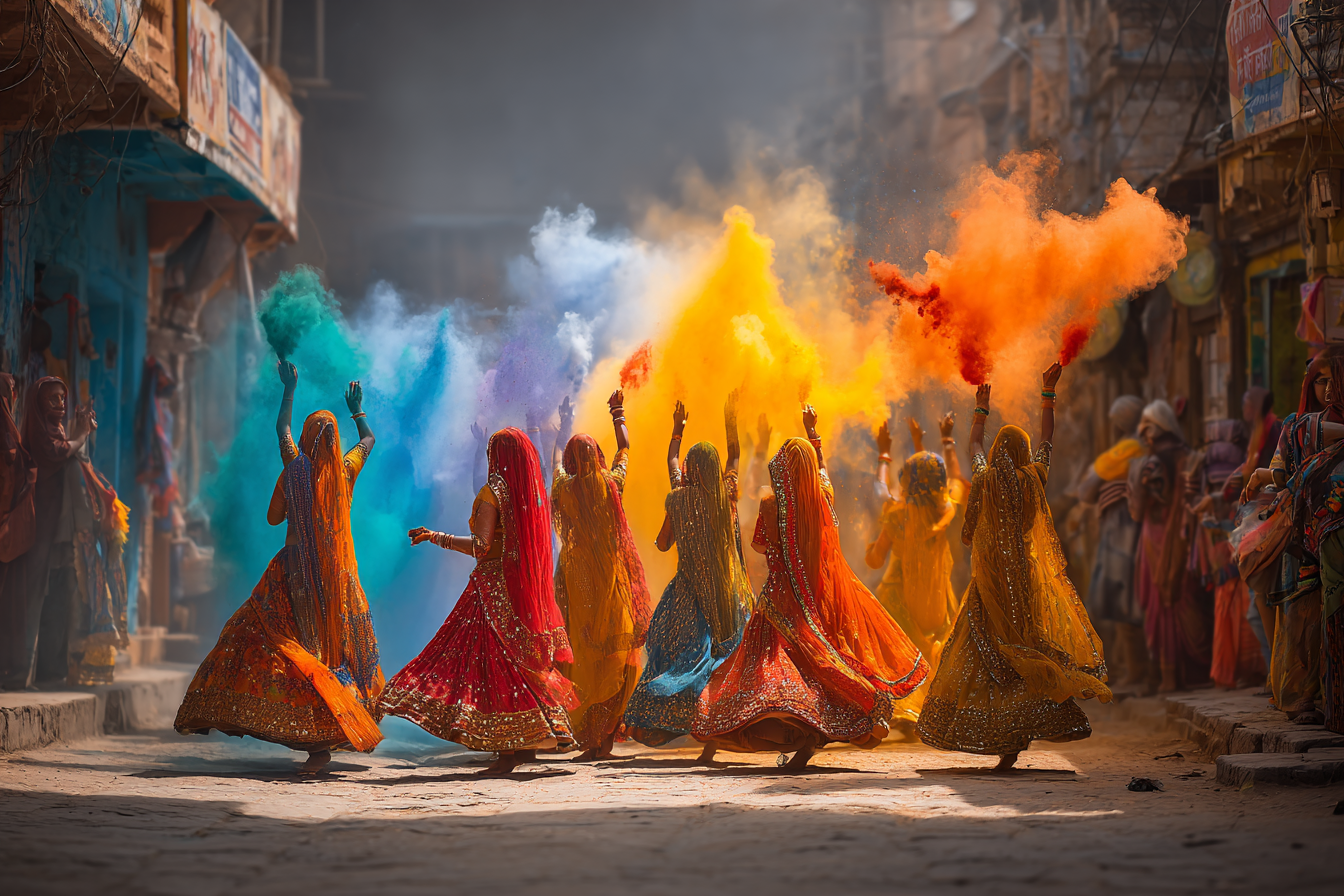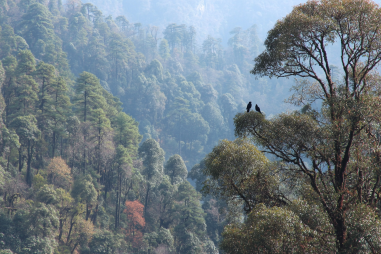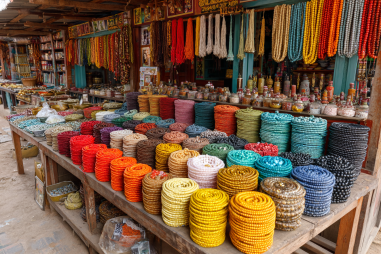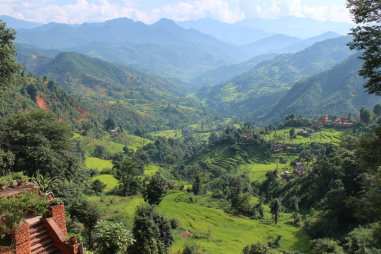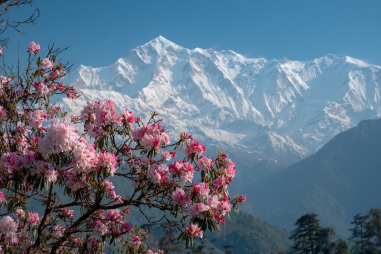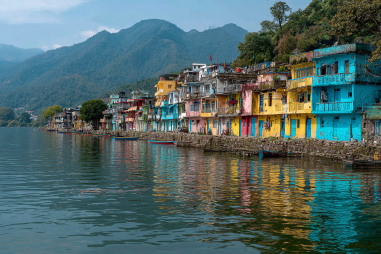Nepal is a land where ancient traditions and vibrant cultures come alive through an impressive array of festivals and events celebrated throughout the year. These festivities provide a unique window into the country’s rich heritage, blending Hindu, Buddhist, and indigenous ethnic customs. Whether you’re exploring bustling cities or remote villages, Nepal’s festivals invite you to experience the rhythms of everyday life infused with joy, devotion, and community spirit. If you’re planning to travel to this beautiful Himalayan nation, understanding its festival culture will enhance your visit and offer unforgettable memories.
Major Religious Festivals: Dashain, Tihar, Holi
Nepal’s religious festivals are deeply rooted in Hindu and Buddhist traditions and form the backbone of the country’s cultural calendar. Among the most prominent are Dashain, Tihar, and Holi, each celebrated with great enthusiasm across Nepal.
Dashain is the longest and most significant festival in Nepal, usually falling in late September or October. It celebrates the victory of good over evil and honors the goddess Durga. Over 15 days, families reunite, temples hold elaborate rituals, and people receive blessings and tika (a red mark on the forehead). It’s common to see the countryside and cities decorated with colorful flags, and many people make sacrifices of animals as a symbol of gratitude.
Tihar, also known as the Festival of Lights, occurs shortly after Dashain and lasts five days. This vibrant festival honors not only Hindu gods but also animals like crows, dogs, cows, and oxen—each day dedicated to a different being. Homes glow with oil lamps and candles, rangoli patterns adorn doorsteps, and people exchange gifts and sweets. The last day, Bhai Tika, celebrates the special bond between brothers and sisters with colorful tika ceremonies.
Holi, the festival of colors, is celebrated in March as the arrival of spring. Revelers throw colored powders and water at one another amidst music and dancing, spreading joy and togetherness. This lively event is a highlight for both locals and tourists looking to immerse themselves in Nepal’s playful, joyous spirit.
Local and Ethnic Celebrations
Nepal’s diversity is reflected not just in its big national festivals but also in countless local and ethnic celebrations. With over 120 ethnic groups, each community has its own unique rituals and festivities, often linked to nature, agriculture, and ancestral worship.
- Tamang Losar: The New Year festival of the Tamang people, usually celebrated in January or February, marked with traditional dances, feasts, and prayers for a prosperous year ahead.
- Maghe Sankranti: A major festival among several groups marking the winter solstice with special foods and rituals to welcome longer days.
- Indra Jatra: An eight-day festival in Kathmandu honoring Indra, the god of rain and king of heaven. It features masked dances, chariot processions, and showcases the vibrant Newar culture.
- Chhewar: Sherpa people’s prayer festival before embarking on expeditions, blending Buddhist rituals and local customs.
These festivals give travelers the chance to witness Nepal’s rich tapestry of traditions and meet locals in intimate, authentic settings.
Timing and Regional Variations
Given Nepal’s cultural and geographical diversity, many festivals vary by region and community. For example, Dashain and Tihar are widely celebrated nationwide, but local nuances in rituals and timing can be notable. Some ethnic festivals are exclusive to certain valleys or mountain regions.
Most festivals align with the lunar calendar, which can cause dates to shift slightly each year when converted to the Gregorian calendar. This means that being flexible with your itinerary can help you catch some of the best celebrations. For instance, the Buddhist Lhosar (Tibetan New Year) usually celebrated by communities in northern Nepal, occurs in February or March, while the various harvest festivals may coincide with autumn months.
How Tourists Can Participate
Participating in Nepal’s festivals is a rewarding way to engage with locals and gain deeper insight into their culture. Here are some ways visitors can join in respectfully:
- Observe and ask permission: Before entering private or religious spaces, politely ask locals if it’s okay to watch or take photos.
- Join public celebrations: Events like Holi, Tihar’s public light displays, and Dashain fairs are open to everyone and provide vibrant social experiences.
- Attend cultural performances: Dance shows, music festivals, and traditional ritual displays are often part of celebrations and welcome outsiders.
- Try festival foods: Sample special dishes prepared during festivities but always be mindful of dietary restrictions or customs.
- Respect religious practices: Participate in ceremonies only if invited, and follow the lead of local guides and hosts.
Cultural Dos and Don’ts
To make your festival experience positive and respectful, keep these cultural tips in mind:
- Do dress modestly: Many festivals involve temple visits and religious rituals, so cover shoulders and knees.
- Do greet with Namaste: It’s customary and appreciated as a respectful greeting.
- Don’t enter restricted areas: Some temples and sacred sites are off-limits to non-Hindus or non-Buddhists.
- Don’t photograph people without permission: Especially during personal or solemn rituals.
- Do avoid public displays of affection: These are generally frowned upon at religious events.
Festival Etiquette and Safety
Maintaining etiquette and safety is essential to enjoy Nepal’s festivals responsibly:
- Be mindful of crowds: Festivals can draw large crowds; keep your belongings secure and be aware of your surroundings.
- Follow health protocols: Particularly in post-pandemic times, adhere to local guidelines for gatherings.
- Respect environmental concerns: Avoid littering, especially in sacred or natural areas.
- Observe dietary restrictions: During some festivals, certain foods may be avoided for religious reasons — be considerate while eating or accepting food.
- Stay hydrated and rested: Festivals often involve long hours of celebrations under the sun or cold, so take care of your health.
Resources for Event Schedules
Keeping track of festival dates can be tricky due to the lunar calendars and regional differences. For accurate information:
- Consult local tourism offices: They often provide updated festival calendars and helpful guidance.
- Use reputable travel websites: Sites focused on Nepal tourism frequently publish event schedules and tips.
- Ask your tour operator or guide: If you are booking tours, guides can tailor your itinerary to include festivals.
- Follow cultural centers or embassies: They sometimes organize events or can offer advice on attending local festivals safely.
By planning ahead and staying informed, you can maximize your chances of witnessing Nepal’s cultural richness at its liveliest moments.
Plan Your Trip Around the Festivals for a Memorable Experience
Nepal’s festivals are an extraordinary gateway to understanding the country beyond its landscapes and trekking adventures. They reflect layers of history, spirituality, and community bonding that define Nepalese identity. Whether you find yourself amidst the colorful chaos of Holi, the solemn worship at Dashain, or the rhythmic dances of an ethnic festival, the experience will leave you enriched and inspired.
By aligning your travel dates with key festivals, respecting local customs, and engaging with the celebrations thoughtfully, you’ll gain much more than just sightseeing memories—you’ll build connections and stories that resonate long after your journey ends. Dive into Nepal’s vibrant festival culture and discover why it’s called the “Land of Festivals.”

